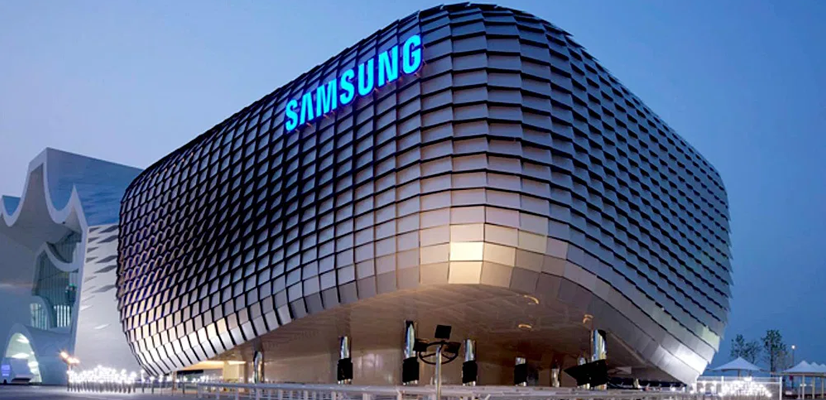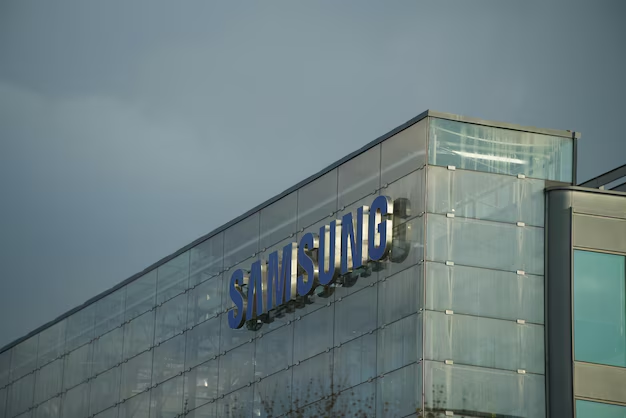Samsung: From Humble Origins to Global Technology Giant

Samsung — often recognized today for its Galaxy smartphones and cutting-edge electronics — began in 1938 as a modest grocery trading company in Korea. Over nearly a century, it transformed itself into one of the world’s leading conglomerates, especially in semiconductors, mobile devices, displays, consumer appliances, and innovation. Below is a comprehensive yet approachable overview of Samsung’s establishment, history, significance, production, and modern role.
Founding and Early Growth (1938–1950s)
- Establishment: Samsung was founded on March 1, 1938, by Lee Byung‑chul in Taegu, Korea as “Samsung Trading Company,” dealing in noodles, fish, and other goods, mainly for export to China. The name “Samsung” means “three stars,” symbolizing greatness, numerousness, and eternity.
- Post‑War Expansion: After the Korean War, Samsung expanded into textiles, opening Korea’s largest woolen mill. It diversified to banking, insurance, cement, and retail under government economic protection policies that supported large business groups (chaebol).
Diversification into Heavy Industry (1960s–1970s)
- Heavy Industries: In the late 1960s and 1970s, Samsung launched subsidiaries in shipbuilding, heavy machinery, petrochemicals, precision engineering, and construction. It aggressively grew through acquisitions in insurance, oil refining, and department stores as well.
- Semiconductor Entry: In 1974 Samsung purchased Hankook Semiconductor and entered chip production. By the late 1970s, it developed modest memory chips and LED watches, setting the foundation for later dominance in semiconductors.
https://sypertimes.com/tehri-dam-indias-hydro-pinnacle-with-a-human-cost/
Birth of Samsung Electronics and Tech Focus (1969–1980s)
- Early Electronics: Samsung Electronics began in January 1969 in Suwon as Samsung Electric Industries, producing TVs, calculators, refrigerators, air conditioners, and washing machines. Joint ventures with Sanyo, NEC, and Sumitomo helped bring in technical expertise.
- Going Global: In the early 1980s, Samsung made its first serious effort to become a global brand, investing in R&D and building international operations in the US, Europe, and Southeast Asia. The company developed its first DRAM memory chips, including the 64 kb DRAM in 1984 and continued to scale memory capacities significantly in subsequent years.
- Brand Reset: Under chairman Lee Kun‑hee from 1987, Samsung shifted to a quality‑first mindset. In a famous move, he ordered the symbolic burning of substandard electronics to emphasize design, quality, and global competitiveness—leaning away from low‑cost mass production.

Technological Leadership and Global Expansion (1990s–2000s)
- Memory & Display: By the early 1990s, Samsung became the world’s top memory chip maker, achieving leadership in DRAM and later flash memory, and in the late 1990s becoming the largest maker of LCD screens and TVs globally.
- Corporate Restructure: In 1993, Lee streamlined the Samsung Group and refocused on core areas: electronics, engineering, and chemicals. Non‑core businesses like the auto division were sold off or downsized.
- Component Supplier: Samsung signed major deals to supply components, including memory chips to Apple from around 2005, showing its importance even to competitors.
Rise in Mobile & Consumer Electronics (2000s–2010s)
- Entry into Smartphones: Samsung introduced early mobile phones in the late 1980s and released its first smartphone (SGH‑i800) around 2002 but did not gain global prominence until launching the Galaxy S in 2010, elevating Samsung into a global player in smartphones and sparking competition with Apple.
- Innovation & Wearables: Galaxy S series expanded rapidly (S II, S III etc.), and Samsung pioneered the phablet category with Galaxy Note. In 2009 it released an early “watchphone” (S9110) and later the Galaxy Gear smartwatch in 2013.
- Legal Battles: Samsung entered high-profile patent disputes with Apple starting in 2010, accused of copying design. Despite lawsuits and intense rivalry, Samsung grew market share by offering similar technology at varied price points and eventually innovating beyond the imitation stage.
Semiconductor Dominance and Innovation (2000s–2020s)
- Memory Leadership: Through the 1990s and 2000s, Samsung consistently pushed the limits—from 64 Mb DRAM in 1992 to 1 Gb DRAM in 1996, 8 Gb NAND in 2004, and beyond. It became the world’s top chipmaker by sales in the late 2000s.
- Global Manufacturing: Samsung built advanced fabs around the world, including a major production line in Austin, Texas. It developed industry-first SSDs, DDR3 memory, and multi-chip packages.
Modern Significance and Production Today
- Business Scale: As of 2023/2024, Samsung Electronics reported revenues of ₩258.94 trillion and profits of ₩6.57 trillion (about $189 billion revenue, $4.8 billion profit), with a market cap of around ₩526 trillion (~$384 billion).
- Product Range: Samsung produces a wide array of goods—smartphones, TVs, home appliances, wearables, chips, memory, semiconductors, displays, and more. It also offers software services like Samsung Pay, SmartThings, and operates in B2B sectors such as network systems.
- Sustainability & R&D: Samsung runs multiple R&D institutes globally, with its largest outside South Korea located in Bengaluru, India. It has committed to eco‑friendly practices, aiming for net‑zero carbon emissions by 2030, and promotes recycling, sustainable packaging, and energy efficiency.

Leadership and Corporate Governance
- Lee Kun‑hee Era (1987–2020): Under Lee, Samsung transformed into a design-focused, quality-driven innovator. He reimagined Samsung’s global stature and played a central role through strategic changes and ambition. Despite controversies and scandals, his legacy remains that of a transformative leader.
- Current Leadership: After Lee Kun‑hee’s death in 2020, his son Lee Jae‑yong assumed leadership. A significant court victory in 2024 cleared him of charges linked to a 2015 merger, removing uncertainties about leadership. He pledged to lead Samsung toward new integrated software and service capabilities, closing gaps with rivals like Apple and Google .
Samsung’s Legacy and Global Impact
- Global Brand: From exporting groceries to exporting smartphones, Samsung is synonymous with innovation, scale, and global technology dominance. It ranks among the largest exporters from South Korea and remains a staple in consumer electronics and memory markets.
- Interconnected Technology Supply: Samsung supplies components to competitors, including iPhones using Samsung-made chips. Its components power many global tech ecosystems, sometimes unseen by consumers .
- Innovation Engine: Samsung’s innovations in foldable phones, high‑resolution display panels (QLED, OLED), IoT platforms like SmartThings, mobile payment solutions, and wearable tech reflect its broad ambition.
Conclusion
Samsung’s journey—from a small trading company in 1938 to a global technological powerhouse—demonstrates resilience, strategic transformation, and relentless innovation. Over decades, it has become the world’s largest memory chip maker, a leader in display technologies, and a top global smartphone brand. Its scale extends beyond consumer electronics into heavy industry, R&D, sustainability, and cross‑industry partnerships.
As Samsung continues to evolve under new leadership, its focus on software, services, and environmental responsibility positions it for the next wave of global technology leadership. Its story shows how vision, adaptability, and scale can turn humble origins into global influence.




